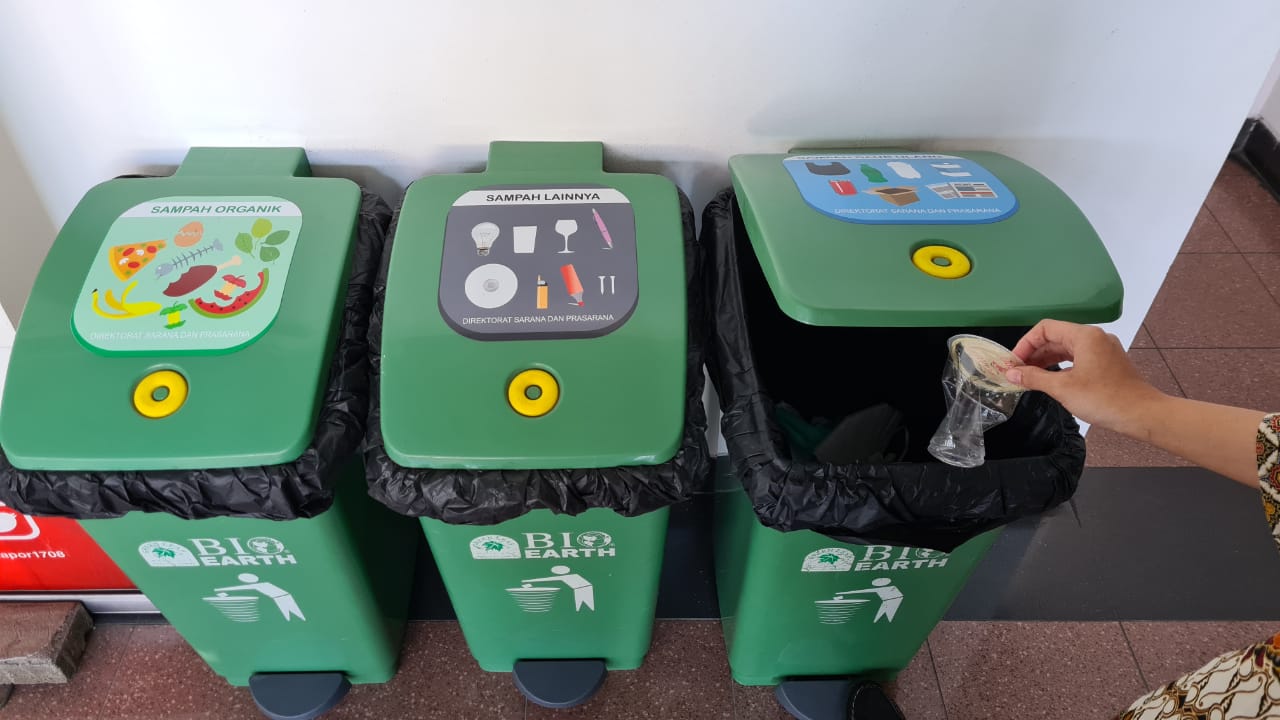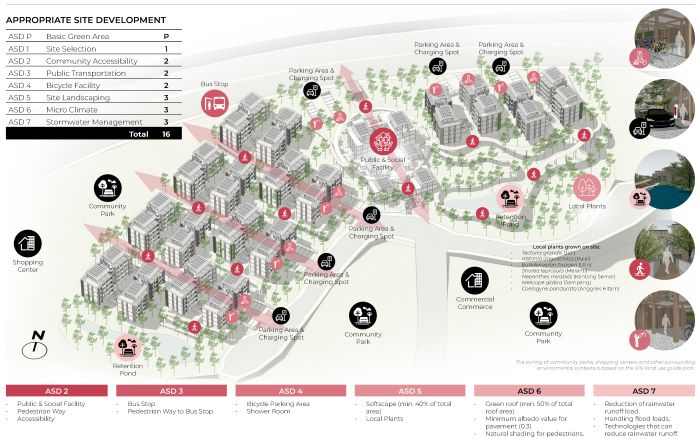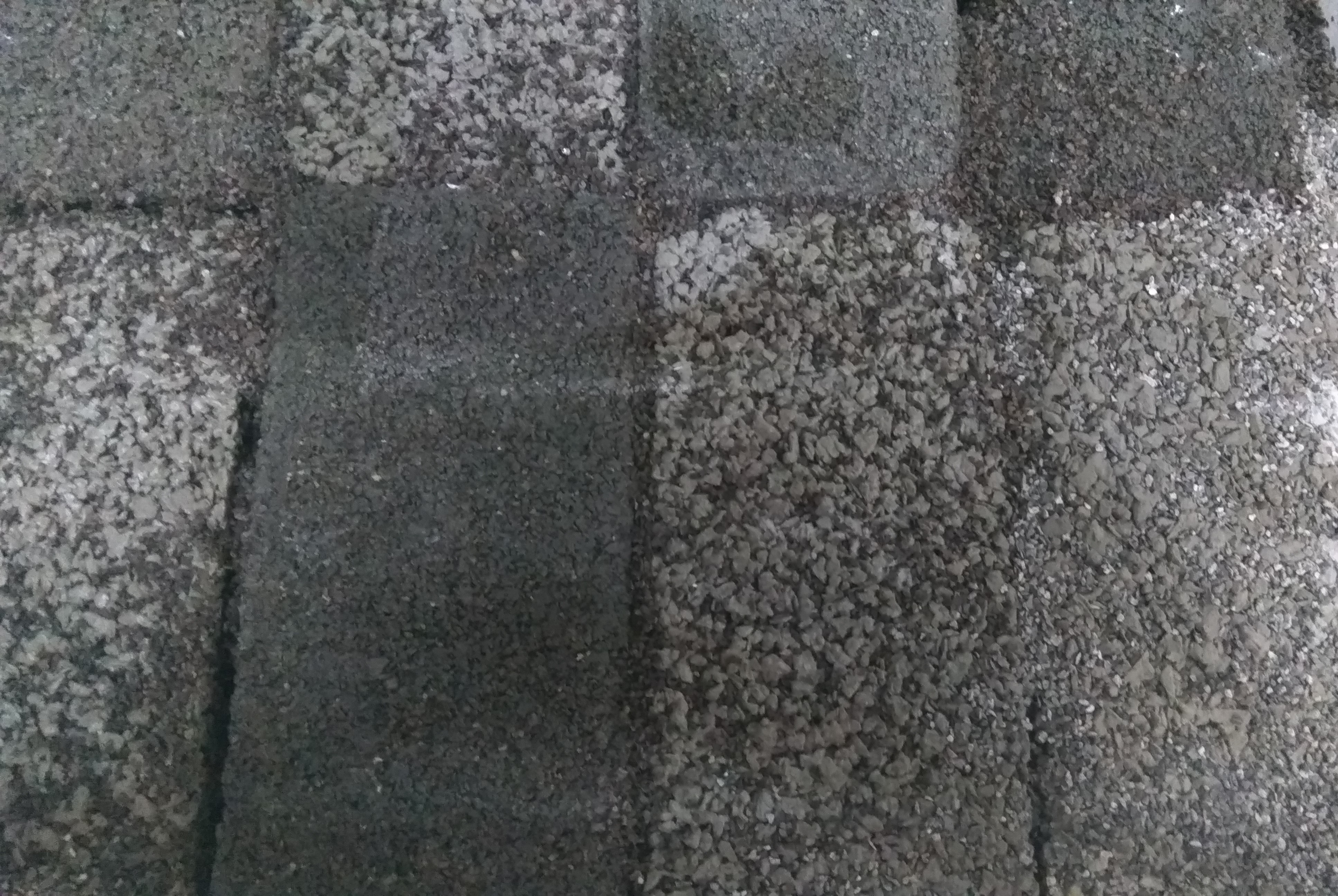Advantages and Impacts of Municipal Waste as Sustainable Alternative Fuels
By Adi Permana
Editor Adi Permana

BANDUNG, itb.ac.id – In an attempt to enhance the penthelix synergy of ABCGM (Academic, Business, Community, Government, and Media), the Air and Waste Management Research Group from the Faculty of Civil and Environmental Engineering of Institut Teknologi Bandung (AWM RG FCEE ITB) held its 9th webinar titled “Prospects of Utilizing Municipal Waste as Alternative Fuel for Sustainable Management”.
Aired on Zoom and Youtube, the webinar was attended by Prof. Dr. Ir. Enri Damanhuri, Prof. Ir. Puji Lestari, Ph.D., and Ir. Lilik Unggul Raharjo, MBA with Dr. Ir. Moch. Chaerul, S.T., M.T. as the moderator.
The three speakers addressed the potential applications of solid waste in Indonesia's industrial sectors. They compared Europe's waste management system with the current practice in Indonesia that is still lacking. Thus, the country needs other methods to overcome its waste predicaments. One of the proposed plans is the Waste-to-Energy (WtE) program.
Prof. Enri mentioned that municipal waste- hazardous waste, biomass, and solid waste- can be managed as fuels in several industries, such as boilers in power plants.
Utilization of these materials as alternative energy sources is classified into two methods: co-firing (the simultaneous combustion of two different fuels) and co-processing (the usage of waste as a source of fuel or energy to replace natural resources and fossil fuels). Waste-based fuels are also categorized into two types, which are RDF (Refuse Derived Fuel) and SRF (Solid Recovered Fuel).
If municipal waste has the potential to be utilized, it is likely to cause impacts as well. In co-processing, the management and energy recovery of non-recyclable waste reaps several benefits. Waste is used as AFRs (Alternative Fuels and Raw Materials) to reduce the consumption of non-renewable resources like natural resources and fossil fuels.
Energy demand in the cement industry is high, generating 2,8-4,1 Gigajoule per ton of clinker. Conventionally, the production process gets its energy from coal. However, large energy consumption leads to high greenhouse gas emissions, mainly carbon dioxide. In order to minimize emissions, co-processing is carried out by the addition of AFR. The greater the use of alternative fuels as AFRs, the lower the concentration of carbon dioxide released into the atmosphere.
Prof. Puji warned about the few exceptions of co-processing- some wastes are too dangerous to go through the treatment. Doing so may put the environment and public health at risk. Another condition for waste to undergo co-processing is its concentration level of certain components that do not exceed the limit.
The sustainability strategy of companies is essential in integrating economic, environmental, and social issues. This approach creates both competitive and innovative advantages that act as solutions to support societal welfare. An example is the utilization of alternative fuels that cause the decline of carbon dioxide concentration by approximately 1.9%.
The Nathabumi Division under SBI Inc. converts waste into fuels or alternative materials to produce cement kilns. This practice has been proven to be safe and is permitted by the government to focus on sustainability strategies as well as develop environmentally-friendly waste management solutions.
There are several technologies for converting waste into fuel depending on its materials and installation. “The condition of the waste also determines the technology most suitable to be used,” Ir. Lilik added.
The processing and recovery of waste into RDFs is part of the solution to tackle waste-related matters as it has many benefits. These methods will be further developed in other industries to minimize the utilization of both natural resources and fossil fuels.
Reporter & Translator: Ruth Nathania (Environmental Engineering, 2019)

.jpg)
.png)
.jpg)
.jpg)
.jpg)


